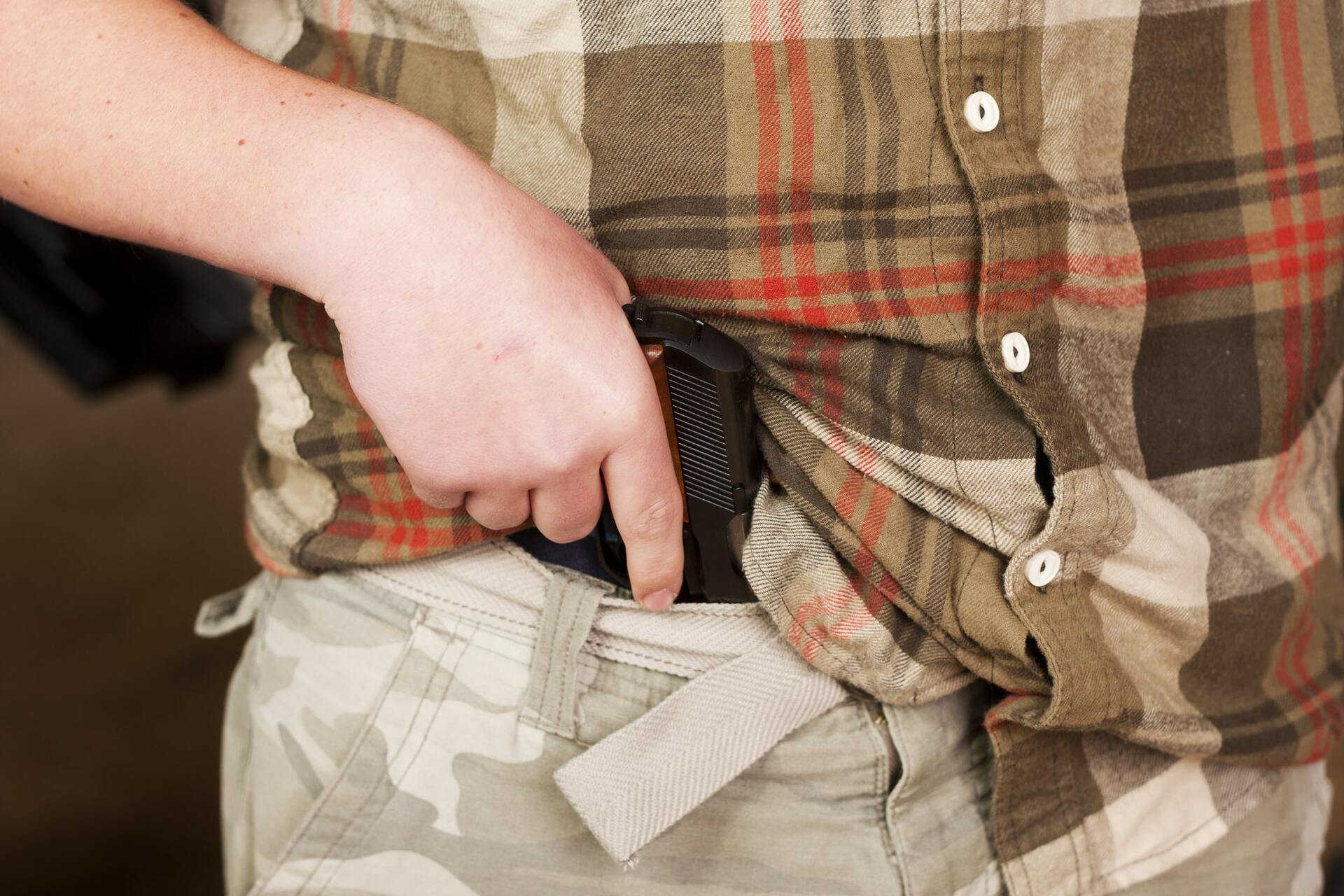In a world where personal safety is paramount, the topic of concealed carry has gained substantial attention. The concept of carrying a concealed firearm has ignited debates around individual rights, public safety, and personal responsibility. This article delves into the significance of concealed carry, emphasizing not only its importance for personal defense but also the critical role that training plays in ensuring responsible and effective firearm use.
The Essence of Concealed Carry
Concealed carry refers to the practice of legally carrying a concealed firearm in public spaces. This practice is rooted in the belief that individuals have the inherent right to protect themselves and their loved ones from potential threats. However, with this right comes a great responsibility. You need to ensure the safety of both the carrier and the public at large.
Empowering Personal Safety
One of the core reasons why concealed carry is deemed important is the empowerment it provides to individuals in terms of personal safety. In a world where unforeseen dangers can arise, having the means to defend oneself can be a crucial factor in avoiding victimization. The presence of a concealed firearm can potentially deter criminals and provide a sense of security to the carrier, allowing them to navigate public spaces with increased confidence.
Rights and Responsibilities
The constitutions enshrines the right to bear arms. It’s important to remember rights come with responsibilities. Responsible concealed carry takes into account the potential risks associated with carrying a lethal weapon, emphasizing the need for thorough training and adherence to legal guidelines. This balance underscores the importance of responsible firearm ownership.
The Role of Training
Carrying a concealed firearm isn’t merely about possessing a weapon; it’s about being prepared to use it safely and effectively if the situation demands. Training plays a pivotal role in ensuring that concealed carry remains a responsible and viable option for personal defense.
1. Safety First
Training instills the fundamentals of firearm safety, imparting critical knowledge on how to handle, store, and carry a firearm safely. Understanding these principles minimizes the risk of accidents and unintended harm.
2. Tactical Proficiency
Proficiency in firearm handling and marksmanship is essential. Proper training hones these skills, increasing the likelihood of effectively neutralizing a threat while minimizing collateral damage. A trained individual can respond with precision and judgment under pressure.
3. Decision-making Under Stress
In a high-stress situation, split-second decisions can be life-altering. Training prepares individuals to make rational choices. This helps them assess the situation, identify threats, and choose appropriate responses that prioritize safety.
4. Legal Awareness
A crucial aspect of training is understanding the legal implications of using a firearm for self-defense. Training educates carriers on when the use of lethal force is legally justifiable, helping them navigate the complex legal landscape associated with self-defense scenarios.
Concealed carry is a topic that encompasses individual rights, personal safety, and public responsibility. While the decision to carry a concealed firearm is a personal one, the importance of training cannot be overstated. Training transforms concealed carry from a concept into a practical, responsible practice, empowering individuals to be proactive in safeguarding themselves and others. The commitment to both rights and responsibilities ultimately shapes the landscape of concealed carry, ensuring a safer and more prepared society.

